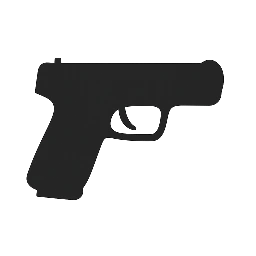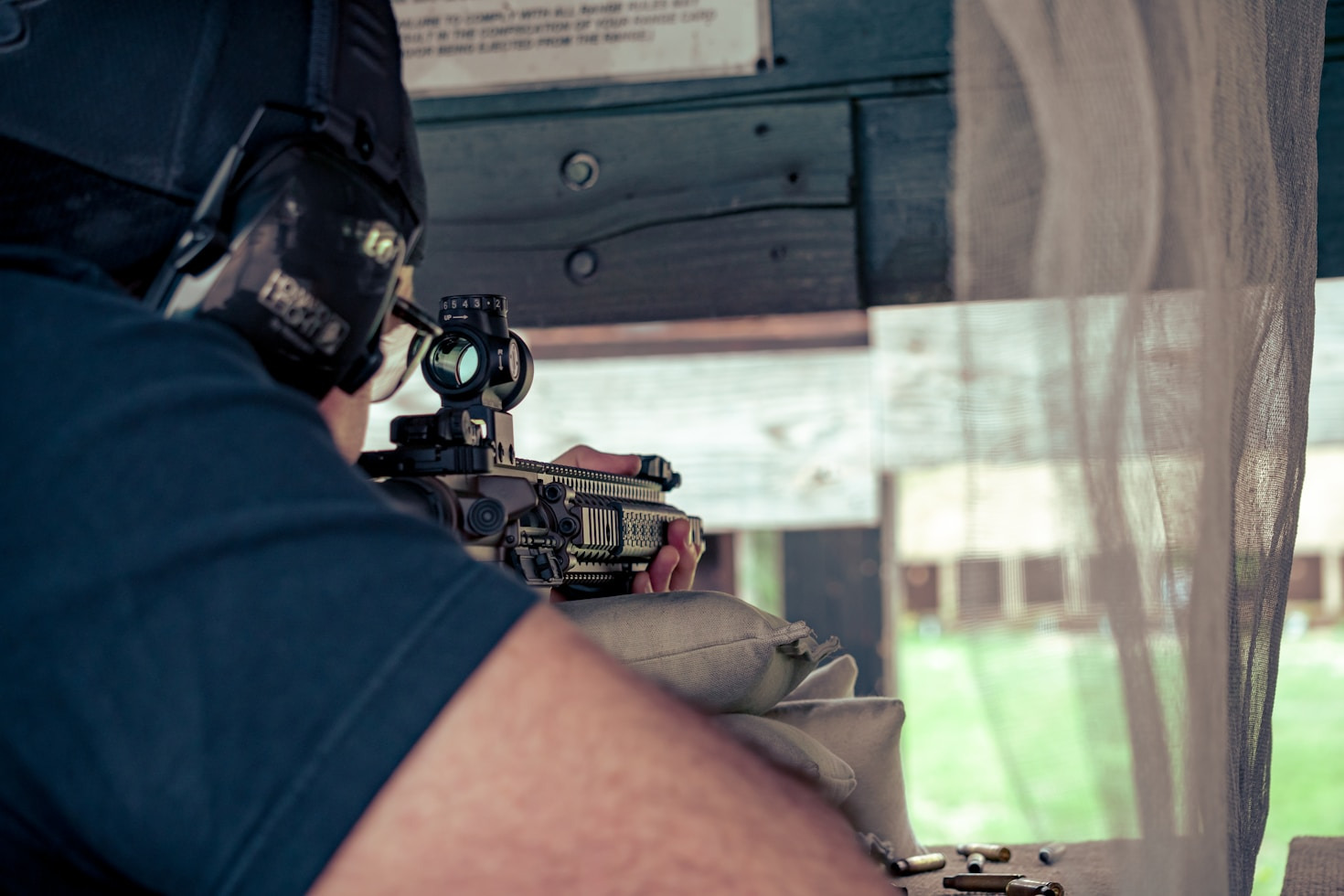If you’re new to guns, ammunition can seem like a confusing world of numbers, letters, and terms. What’s the difference between 9mm and .45 ACP? What do grain weights mean? And why do some bullets have funny-looking tips?
At First-Gun.com, we believe in taking the mystery out of gun ownership—one step at a time. So, here’s your beginner-friendly, no-nonsense guide to understanding ammunition.
What Is Ammunition?
Ammunition (or “ammo”) is what firearms use to shoot. It’s the cartridge that gets loaded into your gun, and it includes four main parts:
- Bullet – The actual projectile that leaves the barrel and hits the target.
- Case – The container (usually brass, steel, or aluminum) that holds everything together.
- Powder – The chemical that ignites and propels the bullet forward.
- Primer – The small circle at the base that ignites the powder when struck by the firing pin.
Together, these components create what’s known as a cartridge. People often say “bullet” to refer to the whole thing, but technically, the bullet is just the part that flies out.


Common Calibers for Beginners
One of the first decisions you’ll make is what caliber of ammo to buy. Caliber refers to the size (diameter) of the bullet and the cartridge. Here are some common calibers new gun owners run into:
- .22 LR (Long Rifle): A small, low-recoil round perfect for beginners, target practice, and plinking.
- 9mm: The most popular self-defense and general-purpose caliber. Affordable, easy to handle, and widely available.
- .380 ACP: A slightly smaller option than 9mm, often used in compact carry pistols.
- .45 ACP: A larger, heavier round with more recoil. Often chosen for home defense.
- .223 Remington / 5.56 NATO: Popular rifle cartridges, used in AR-15 style rifles.
For handguns, 9mm is often the best place to start—it strikes a balance between ease of use, effectiveness, and cost.
What’s With All the Numbers?
Let’s break down a typical ammo box label:
Example: “9mm Luger 115gr FMJ”
- 9mm Luger – The caliber and type.
- 115gr – The grain weight of the bullet (more on that below).
- FMJ – Full Metal Jacket, which refers to the bullet type.
Bullet Types: What Do They Do?
Here are a few common bullet types and what they’re used for:
- FMJ (Full Metal Jacket): The bullet is encased in a harder metal shell. Great for target practice and training. These typically penetrate cleanly but don’t expand.
- HP (Hollow Point): Designed to expand on impact, causing more damage and reducing the chance of over-penetration. Often used for self-defense.
- JHP (Jacketed Hollow Point): A hollow point bullet with a partial metal jacket. Balances penetration with controlled expansion.
- LRN (Lead Round Nose): Simple and inexpensive, but less commonly used today due to lead exposure concerns.
Use FMJ for practice and HP for personal defense, unless your range or state has specific restrictions.
What Does “Grain” Mean?
Grain (gr) refers to the weight of the bullet, not the powder. One grain is 1/7,000th of a pound.
- Lighter bullets (e.g., 115gr): Tend to have less recoil and are good for practice.
- Heavier bullets (e.g., 147gr): May penetrate more deeply and are often used for self-defense.
Your firearm’s manual may recommend a specific grain range. Stick to that, especially when starting out.
Steel vs. Brass Casings
- Brass: Most common and reliable. Reloadable, if you’re into that.
- Steel: Often cheaper, but less forgiving and may wear out certain parts faster.
- Aluminum: Lightweight and inexpensive, but not reloadable and sometimes less reliable.
For beginners, stick to brass until you’re more familiar with your firearm and range rules.
Storage and Safety Tips
- Store ammo in a cool, dry place—heat and moisture can degrade it.
- Use ammo made for your gun’s exact caliber. Check your gun barrel and manual to confirm.
- Don’t mix and match loose rounds—keep different calibers clearly labeled.
- Check for signs of damage—dents, corrosion, or discoloration mean you shouldn’t use that round.
What Should I Buy First?
If you just bought your first handgun (especially 9mm), start with:
- FMJ target rounds (usually 115gr) for practice.
- HP rounds for home defense (check your local laws).
- A few boxes of each to get comfortable.
And remember: buy from reputable brands.
Final Thoughts
Ammunition doesn’t have to be intimidating. Once you understand the basics—what caliber fits your gun, what bullet types are for, and how to store it safely—you’ll feel more confident every time you load up.
Here at First-Gun.com, we’re all about learning the right way from the start. Be sure to check out our YouTube videos where we break this all down in simple, visual guides so you can see exactly what we’re talking about.
Start slow. Learn right. Shoot safe.
FirstGun
#GunBasics
#Ammo101
#GunSafetyFirst
#NewGunOwner
#BeginnerShooter
#FirearmEducation
#ResponsibleGunOwnership
#ShootingConfidence


Leave a Reply